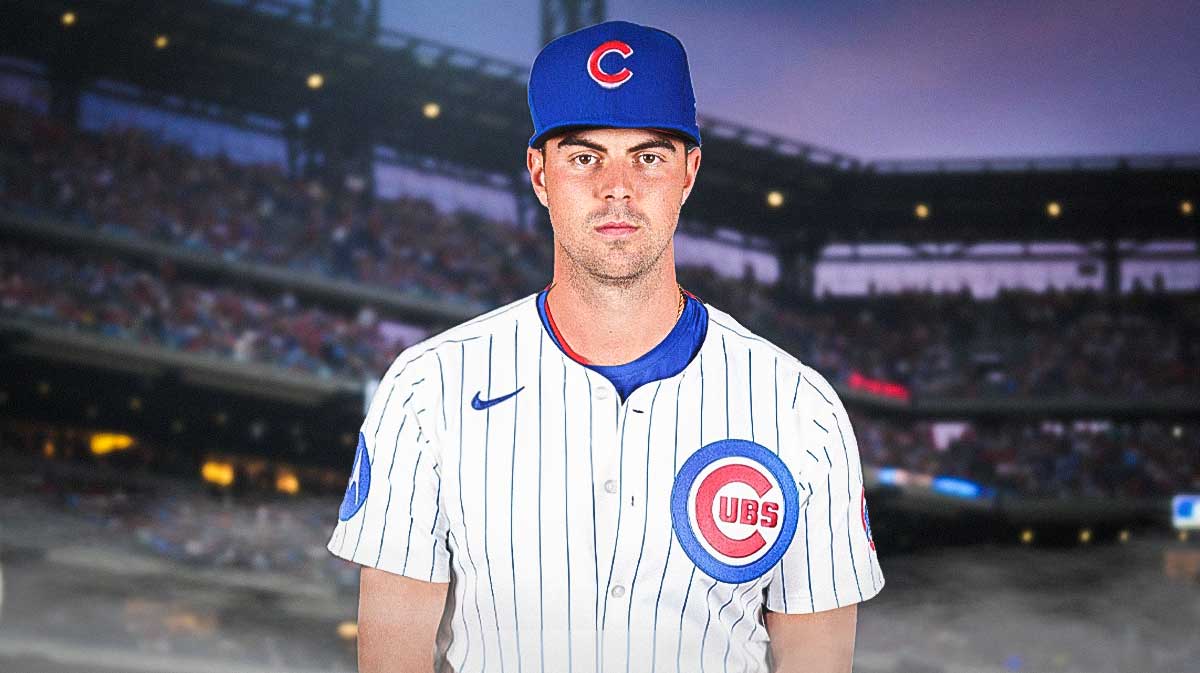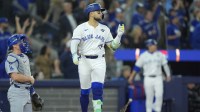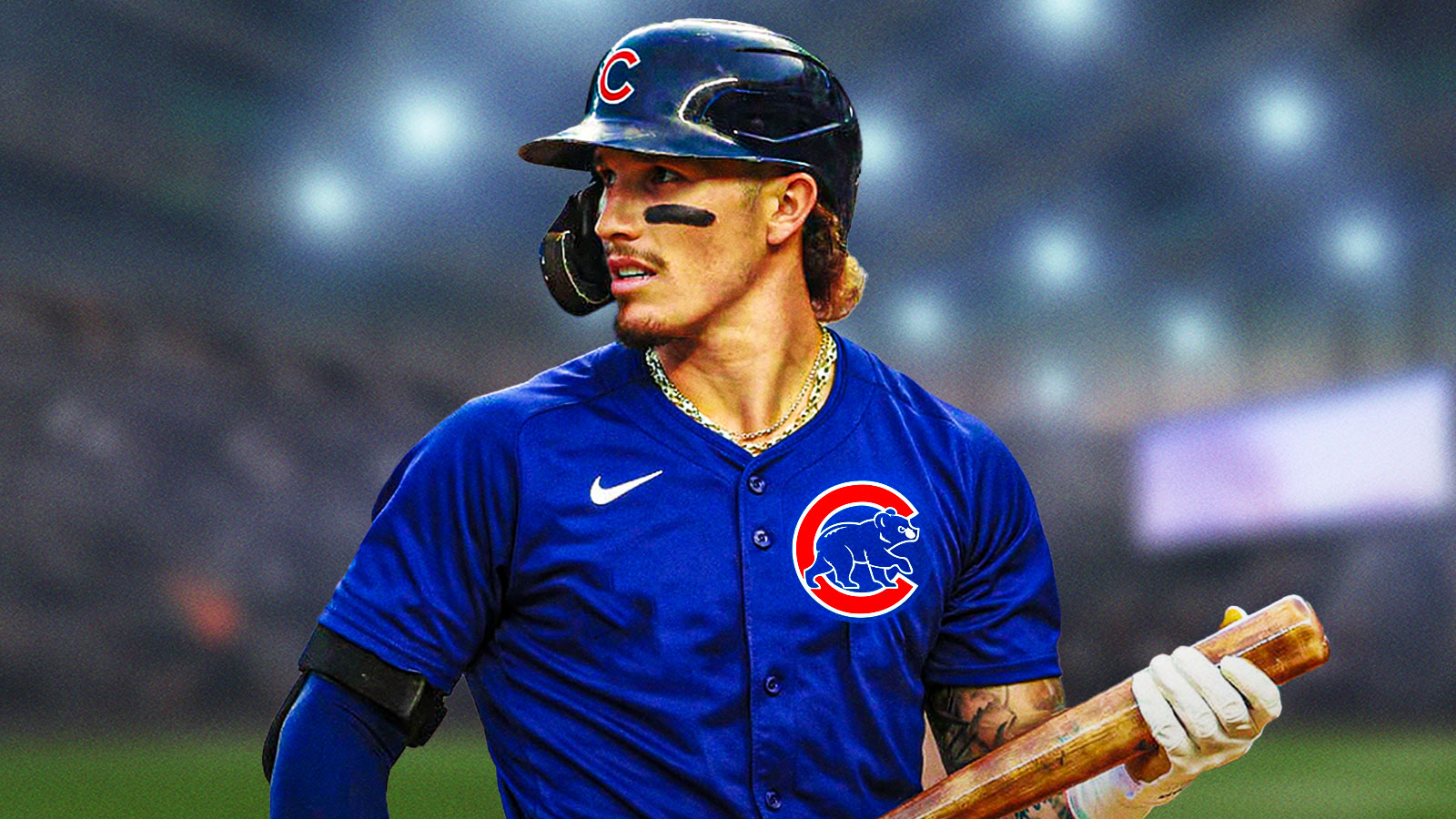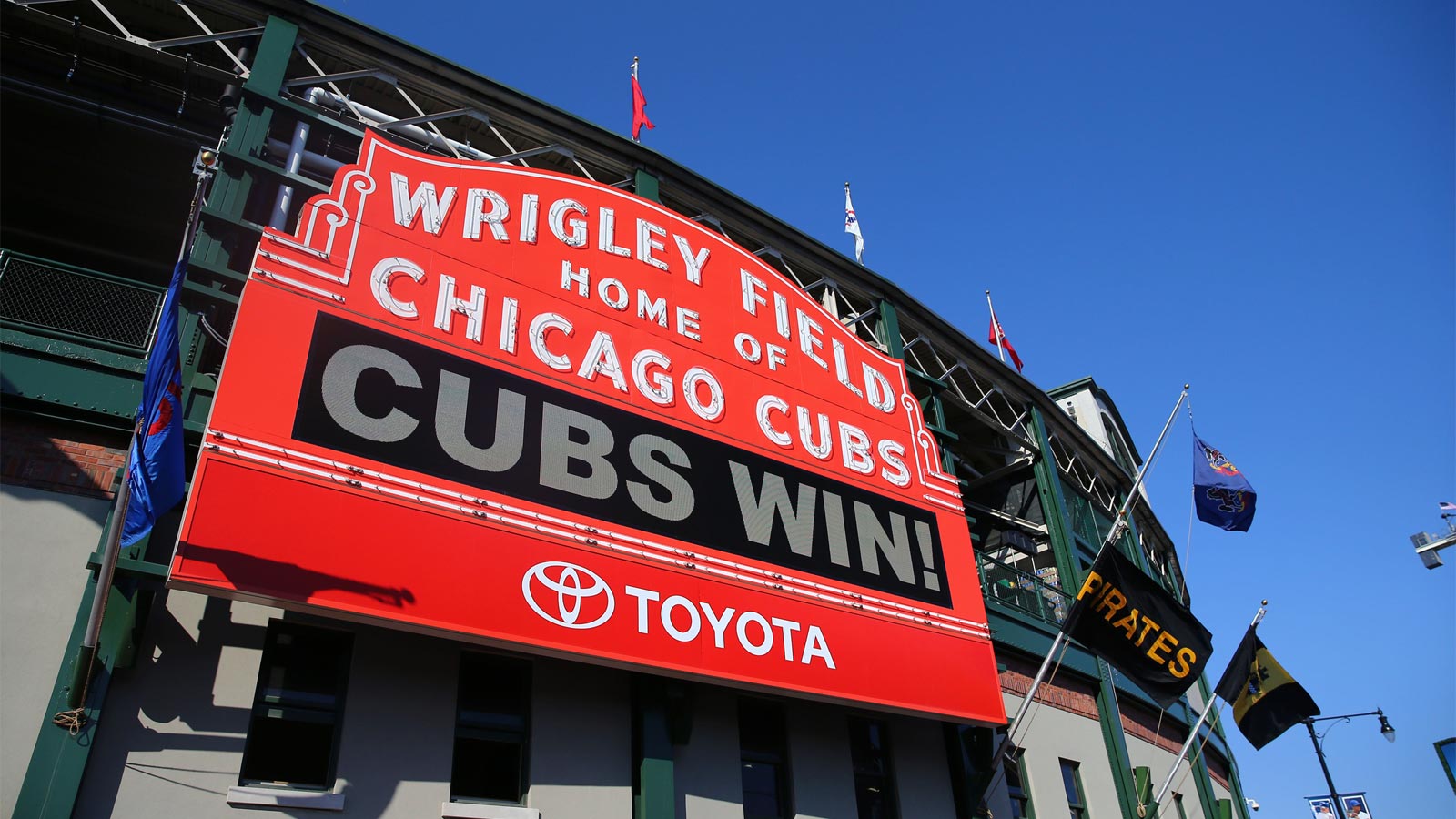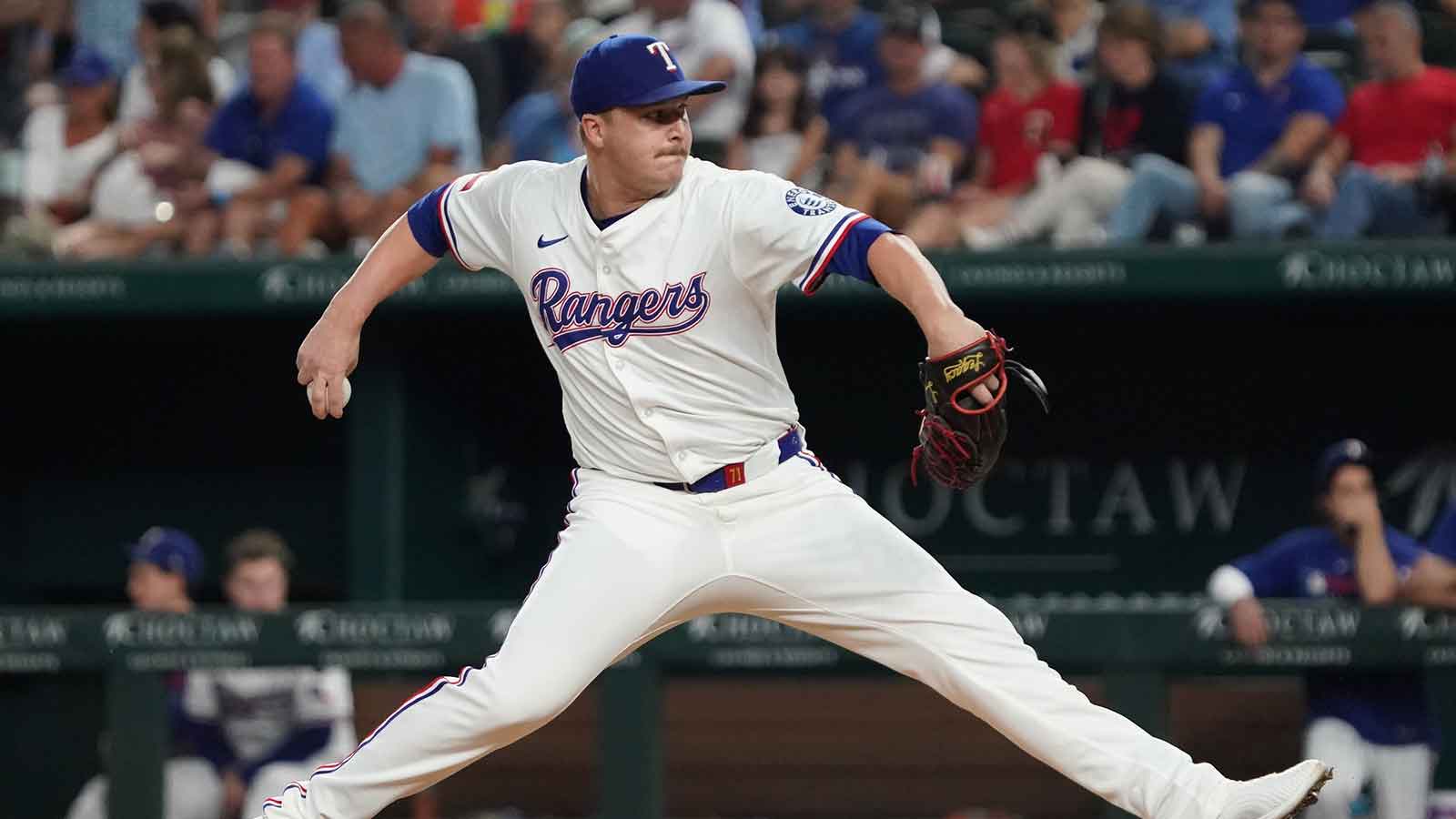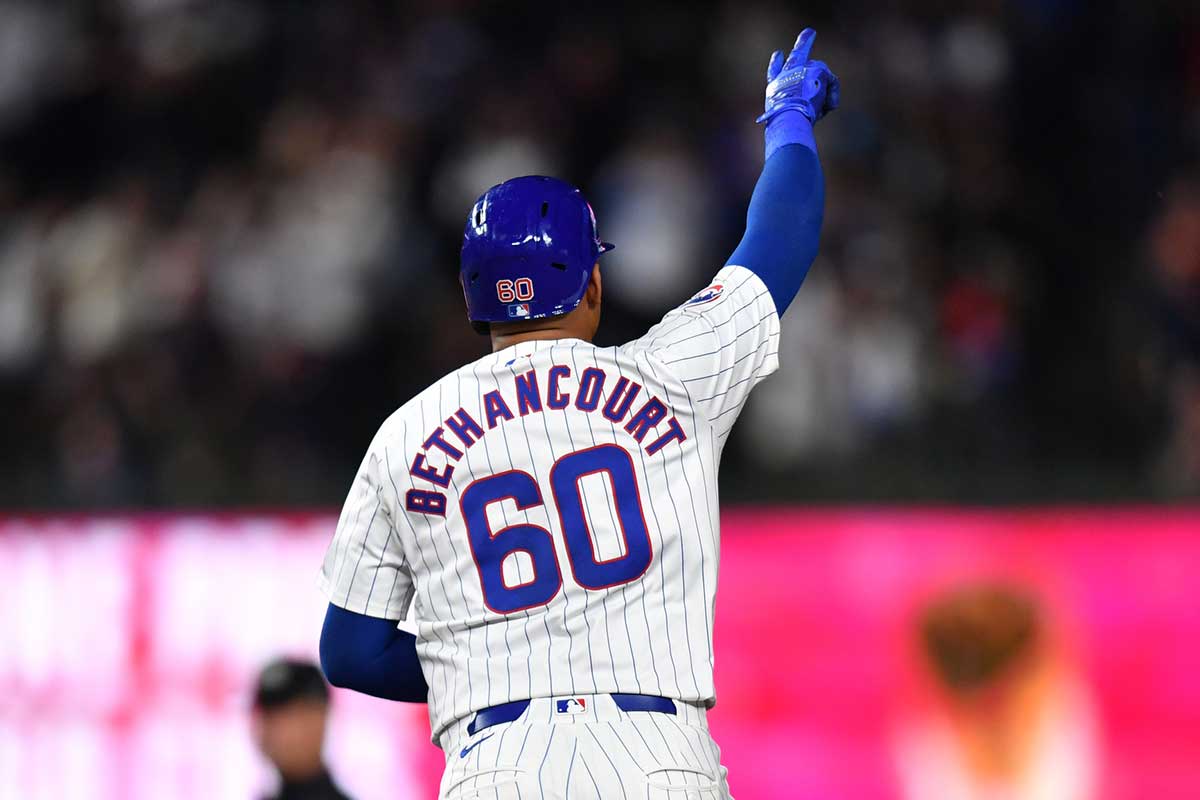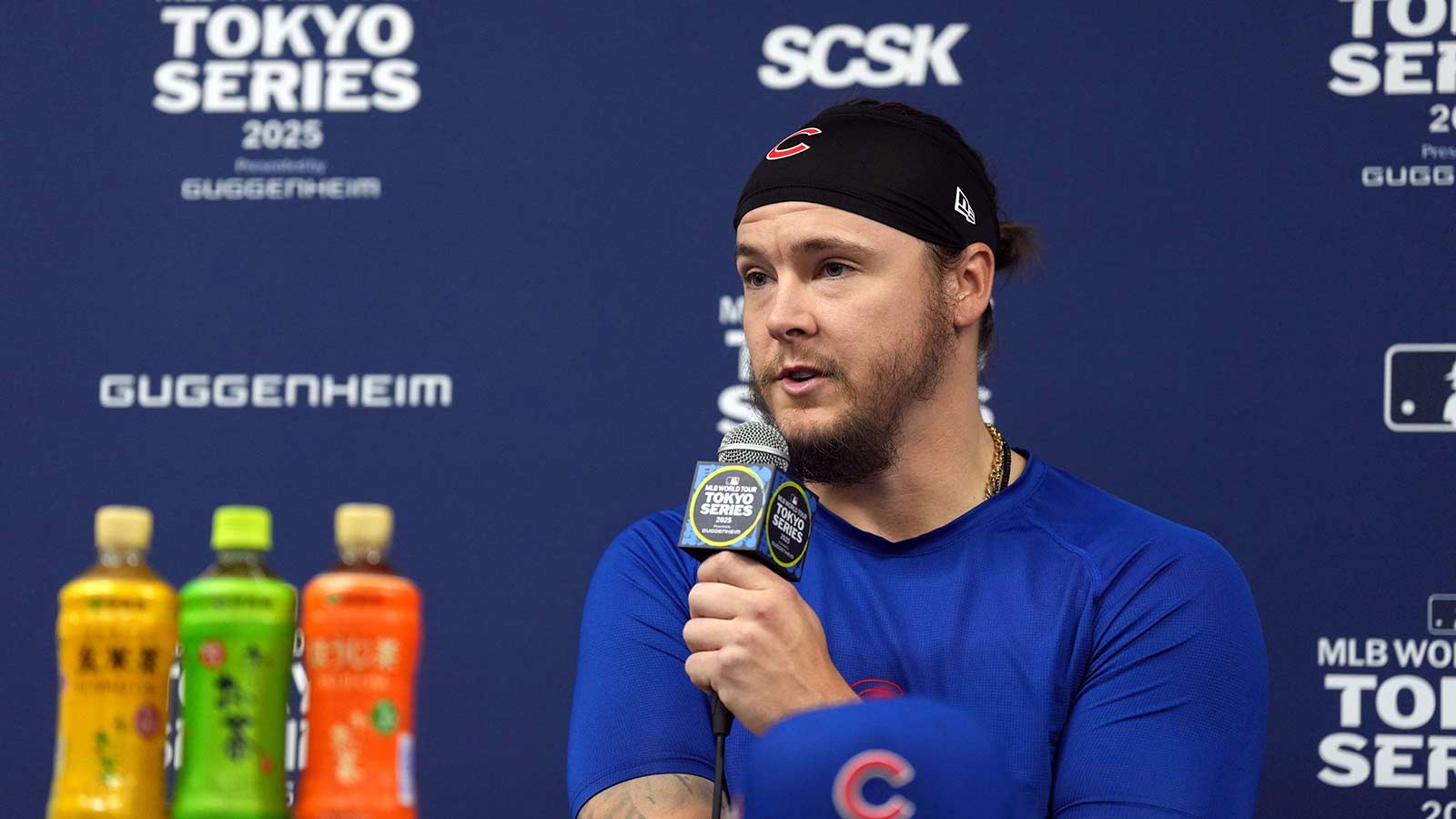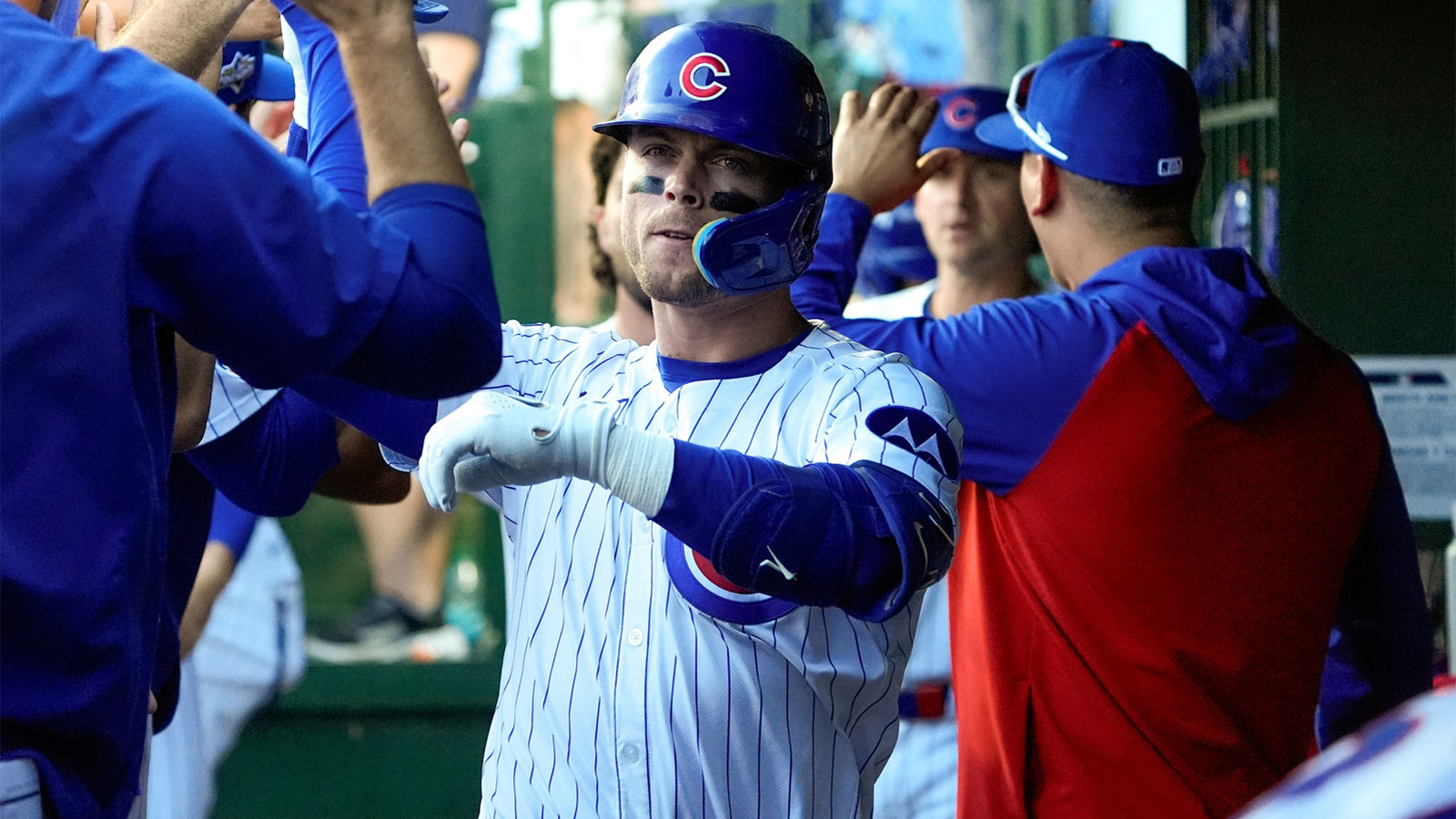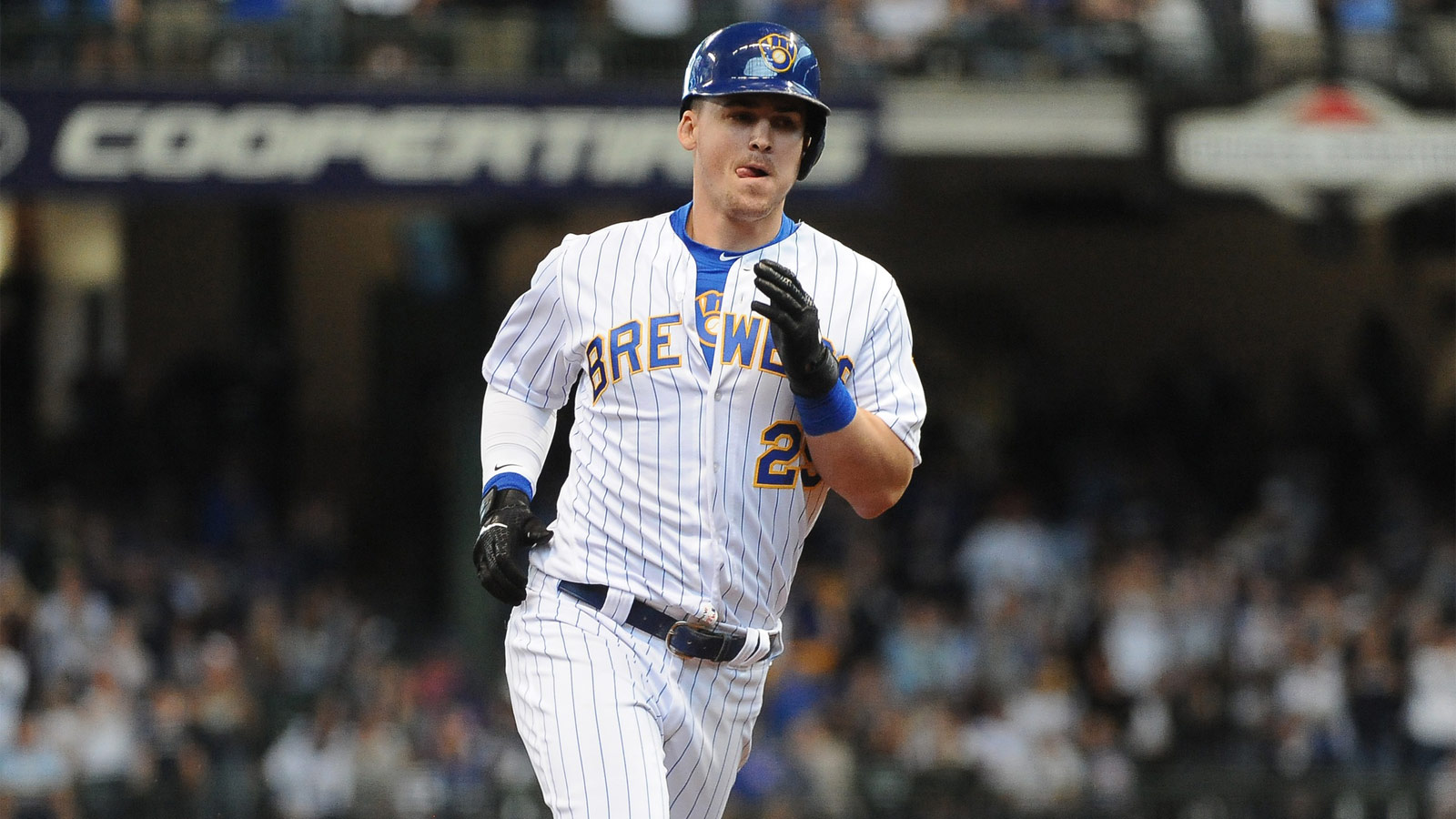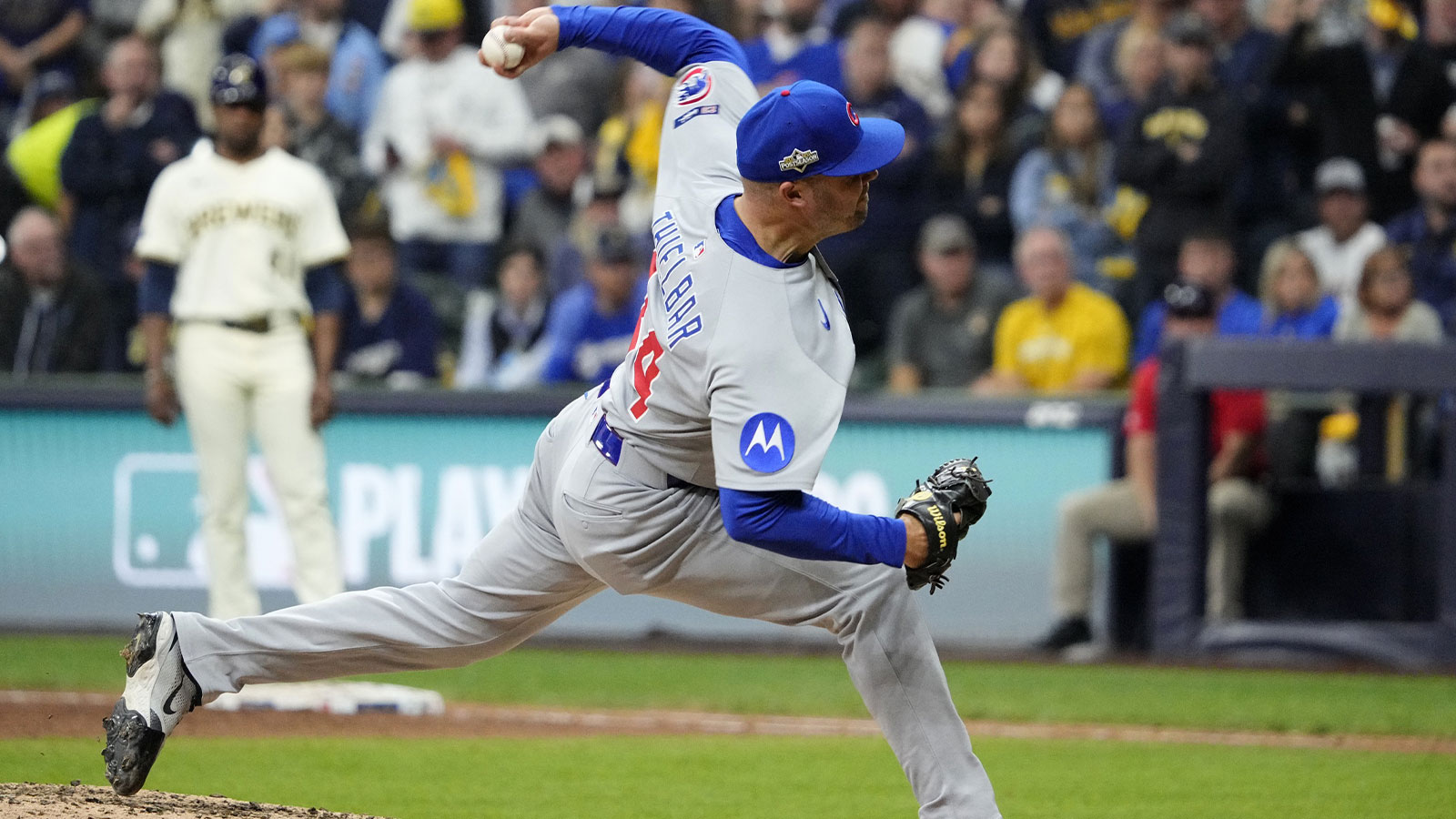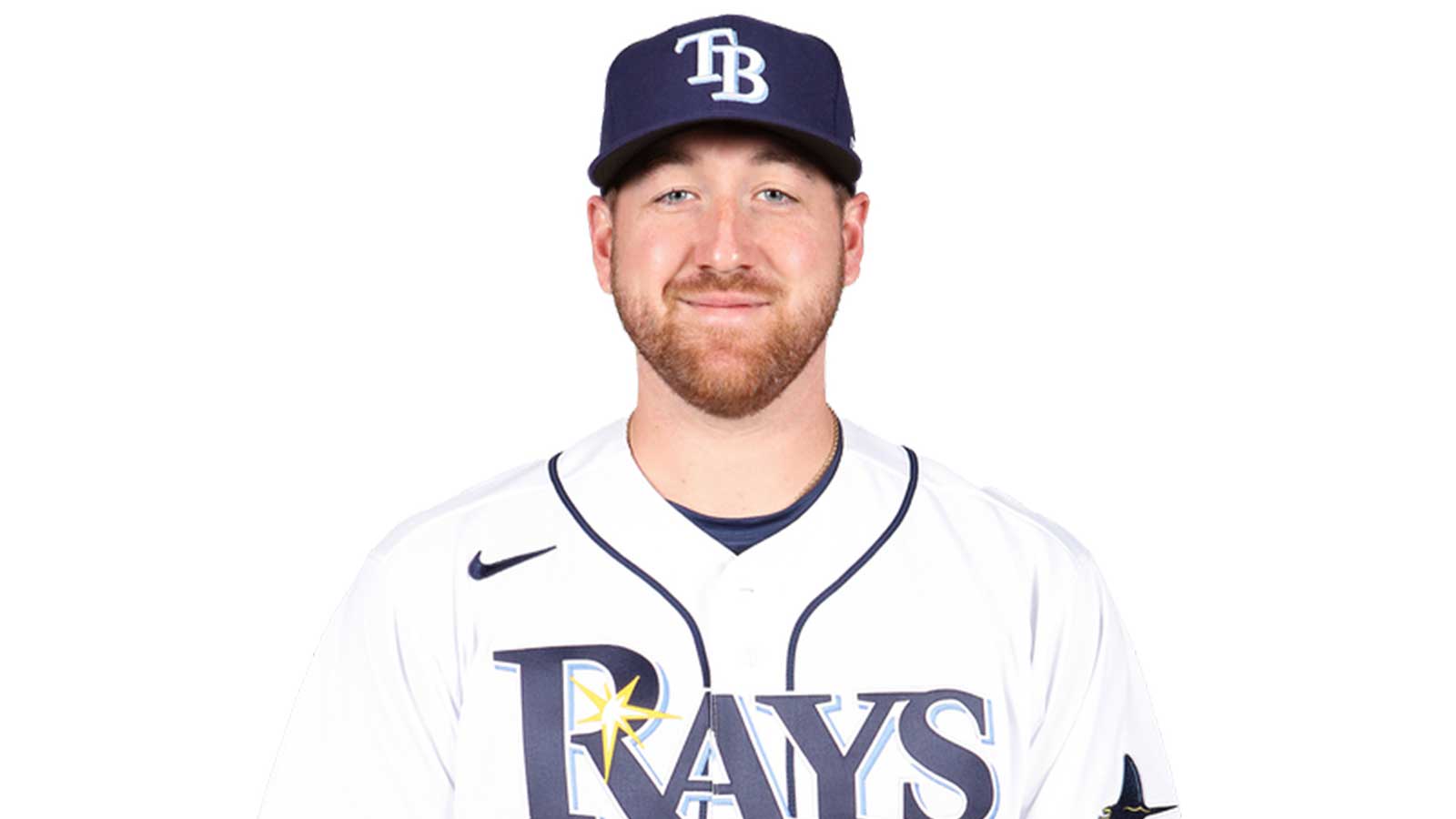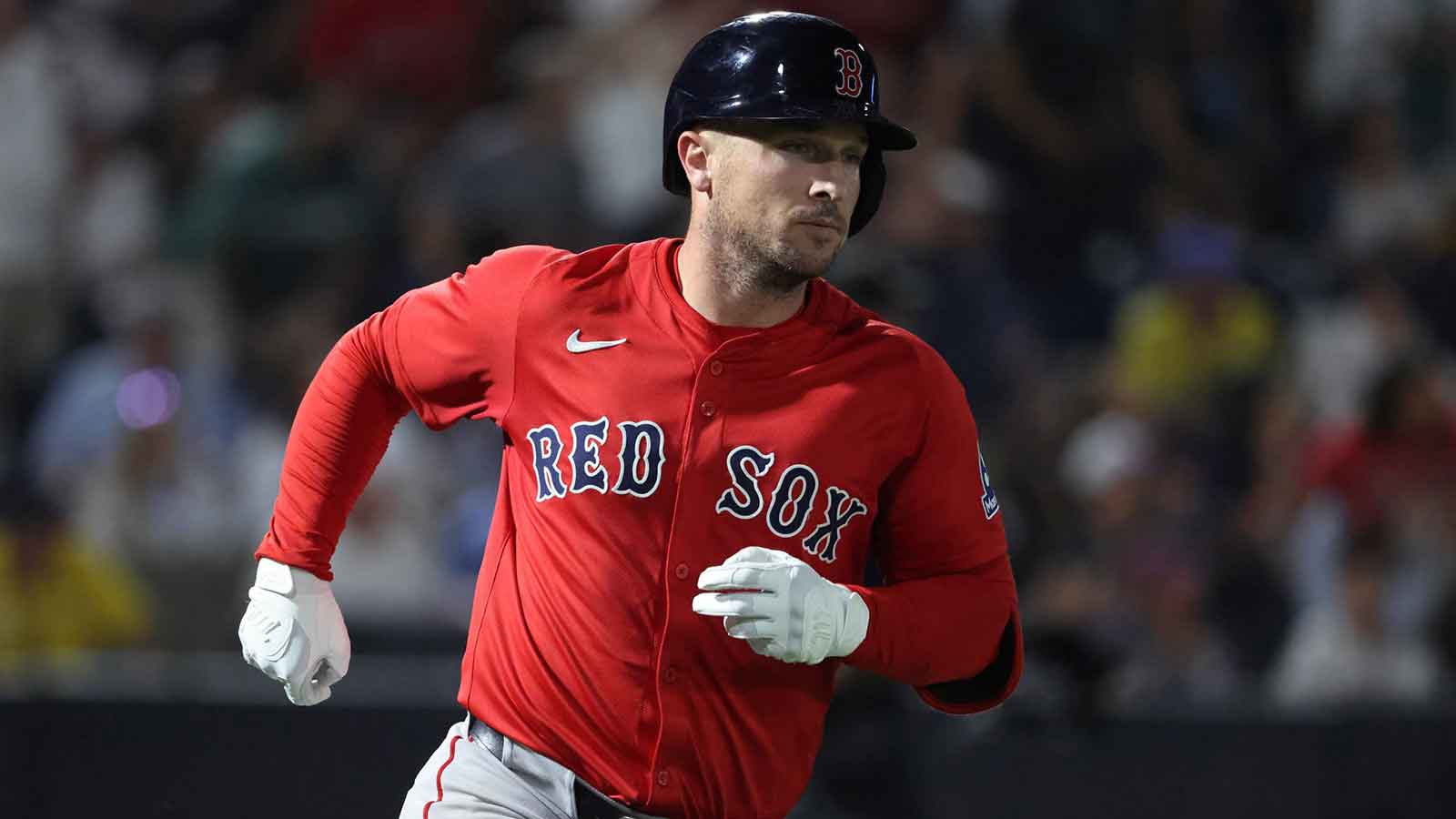The Chicago Cubs, armed with one of the deepest farm systems in the league and riding the momentum of their post-deadline surge, are primed for a bold run at one of the game’s most coveted arms, MacKenzie Gore of the Washington Nationals. At just 26 years old, Gore is a left-handed All-Star with a 3.52 ERA and 144 strikeouts in 117.2 innings this season, blending dynamic stuff with durability and multiple years of team control through 2027. Acquiring him would send shockwaves through a tightly contested National League and mark the Cubs as serious World Series contenders.
MacKenzie Gore is the Perfect Fit
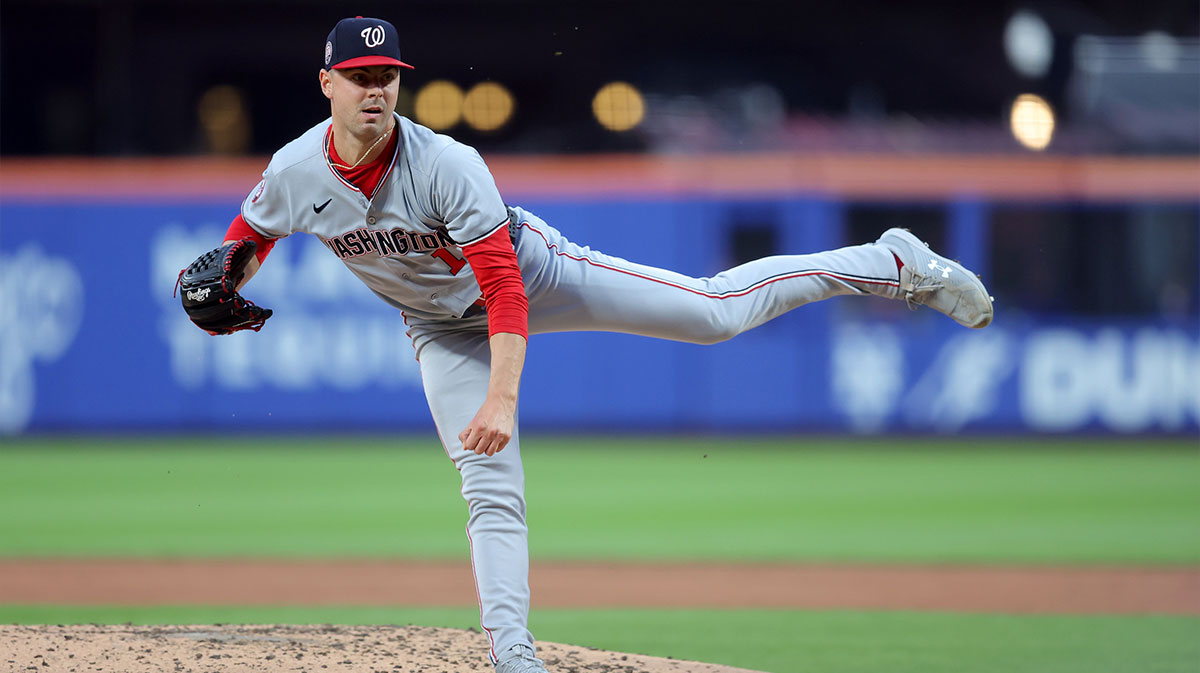
Chicago’s pitching staff has carried the club for stretches, but to match the league’s elite and sustain a fall push, a true ace is necessary at the front of the rotation. Gore’s strong strikeout rate (29.3%), improvement in command (9.0% walk rate), and proven ability to gobble up innings give the Cubs something they desperately need, a southpaw anchor in his prime who pairs perfectly with their blossoming youth and veteran leadership.
For Washington, the decision to consider dealing Gore doesn’t come lightly. He’s not only produced on the mound but evolved into a centerpiece alongside CJ Abrams and James Wood in their ongoing rebuild. Still, the Nationals’ system, flush with outfielders and young talent, faces a shortage of impact infield bats and MLB-ready pitching depth. As the trade market tightens, offers must blow the Nats’ front office away with both star power and short-term proximity to the majors.
Constructing the Perfect Trade Proposal
The Cubs have worked through years of patience and prospect cultivation. Many of their top prospect, including recent call-ups and breakout bats, have turned organizational hype into tangible big-league production. Still, the depth remains enviable. According to updated rankings, outfielder Owen Caissie, right-hander Jaxon Wiggins, shortstop Jefferson Rojas, catcher Moises Ballesteros, and versatile infielder Matt Shaw headline a group with five prospects in MLB’s top 100.
Within that framework, here is the Cubs’ meticulously crafted proposal for Nationals ace MacKenzie Gore:
The Cubs receive:
- MacKenzie Gore, LHP
The Nationals receive:
- Owen Caissie, OF
- Jefferson Rojas, SS/2B
- Jaxon Wiggins, RHP
- Kevin Alcantara, OF
This proposal focuses on near-major league contributors and upside, matching Washington’s desire for immediate impact and replenishing both wings of their depth chart.
By netting Caissie and Alcantara, Washington turbocharges its outfield with two legitimate All-Star projections, both within a year or less of MLB readiness. Rojas offers switch-hitting, athletic middle infield help, crucial for a system that has leaned out there after recent graduations. Wiggins provides another high-upside, MLB-ready arm to plug into the rotating staff.
Owen Cassie. So hot right now. pic.twitter.com/6XFuELXScX
— Bricks_Behind_The_Ivy (@CandidCubs) July 12, 2025
Chicago sacrifices four significant pieces, but none from the major-league roster and none considered “untouchable” within their brass. They retain breakout contributors at the top level, while acquiring one of the NL’s top lefties at his statistical peak, a gamble worthy of a franchise intent on competing deep into October for multiple seasons to come.
If the Cubs pull off this deal, they instantly boast one of the league’s best and youngest rotations, with Gore setting the tone. It sends a message to rivals and the fan base alike: the window is open now, and the organization will back its core with top-tier, controllable arms.
For the Nationals, replenishing the young core with a haul this vast signals a near-term pivot: leveraging their position and asset value to set up a potential rapid re-ascension in the NL East. It also signals to fans that the rebuild’s next phase is about winning, not waiting.
By boldly parting with such a substantial cache of prospects, the front office would send a clear message: the organization believes the time to win is now, and anything less than deep playoff contention is unacceptable.
Meanwhile, rival NL Central teams would have to reconsider their own timetables and approach to roster construction, sparking a ripple effect in deadline and offseason planning. For the Nationals, leveraging this opportunity to re-stock with so much near-ready talent expedites their transition from rebuild to competitor—laying a foundation of hope and anticipation heading into 2026 and beyond.
Blockbusters of this magnitude aren’t routine. It would take the rare confluence of need, depth, and timing for a trade like the one outlined here to materialize. But with both clubs on the verge of shifting their competitive cycles, this Cubs-Nationals proposal for MacKenzie Gore is a blueprint of how game-changing trades, built on both analytics and ambition, can define baseball’s next era

